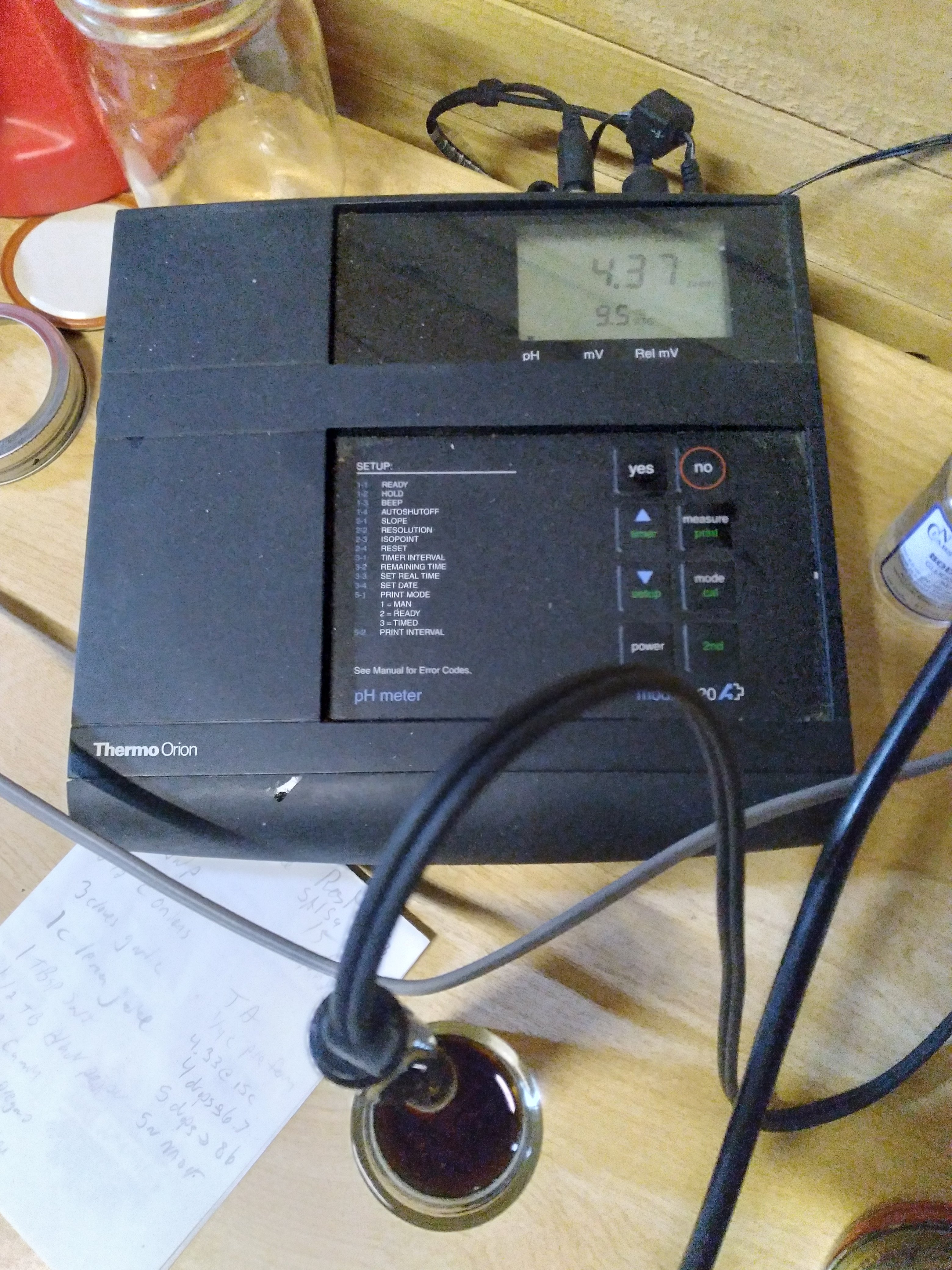Here's the one I'm trying again tonight. This will be pressure fermented at 66.6F at 10PSI and go on the nitro faucet. It looks dark but it won't end up that dark. Should be about perfect, I think.
View attachment 839050
I made one similar back in 2021 that was pretty good. Back then I wasn't on the verge of "quitting" brewing or drinking beer, just was taking a doctor's-orders-2-month-break (which turned out, in my opinion, to not be alcohol related) and this was good but I wasn't committed to it as a long term solution. But now I am. This has 4oz more of caramunich for the needed sweetness for this type of brewing.
My plan is to mash overnight in my fermentation fridge at 40F, brew in a bag. Pull the bag in the morning and let the kettle settle for at least 4 hours. Then run off into my boil kettle hopefully leaving behind as much as possible of the unconverted starches that scorch on the bottom of the kettle. Then I'll just do a 30 minute boil. Debating whether I should do a rest at 158F for 15 minutes or so or just skip it and go straight to boil.
Thoughts?




